
7000L Collection Well
Collection wells are where the leftover fluid is stored after it passes through the septic which can later be disposed of.
Discover Durable & Secure Precast Concrete Products
Having the right septic tank is vitally important to the health of your home. Wastewater systems keep your plumbing system running smoothly and ensure that wastewater is removed from your home in a safe and effective manner.
Graham’s Precast Concrete Products is the leading choice for concrete septic tanks in New South Wales. Proudly Australian-owned and operated, Graham’s Precast Concrete Products has been building and maintaining a flawless reputation for over 40 years. We provide the highest quality tanks and are passionate about exceptional customer service.
At Graham’s, we pride on ourselves on great quality concrete products and even better customer service. We deliver our septic tanks right up to the job site ready for the plumber to hook it up. We’ll even help you install reed beds to provide additional filtration, so you can rest assured that your wastewater is being properly managed. Simply line up the dates with your plumber and we will install the tank when they are there.
For top quality concrete septic tanks, get in touch with our team today. Request a quote online or call us on 02 6632 2978.
On This Page:
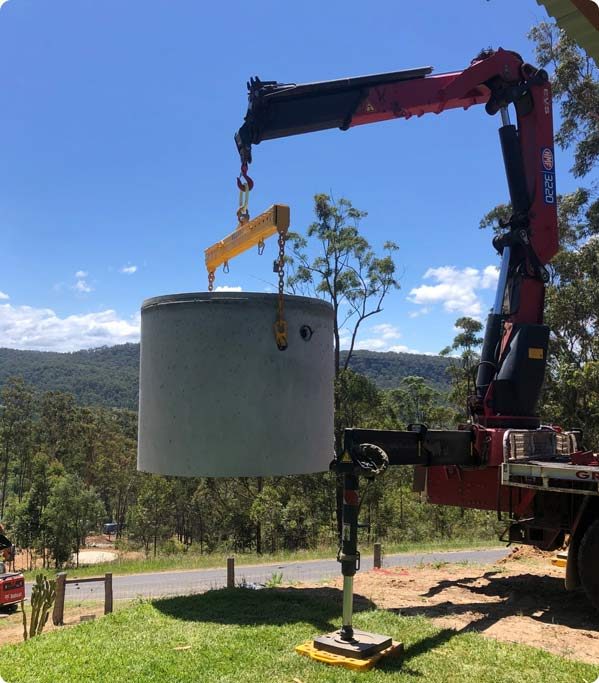
Having the right septic tank is important to your household’s health. Septic tanks keep plumbing systems running smoothly and ensure that wastewater is removed from your home in a safe and effective manner. Based in Kyogle, Graham’s Precast Concrete Products is the leading choice for concrete septic tanks in the Northern Rivers region—from Lismore, Tweed heads and Grafton to Yamba, Coffs Coast and Byron Bay. Proudly Australian-owned and operated, we’ve been building and maintaining a flawless reputation for over 40 years!
At Graham’s, we pride ourselves on great quality concrete products and even better customer service. We deliver our septic tanks right up to the jobsite, ready for the plumber to hook them up. We’ll even help you install reed beds to provide additional filtration, so you can rest assured that your wastewater is properly managed.
Simply line up the dates with your plumber, and we’ll install the tank when they’re available. For reliable septic tanks, get in touch with our team today. You can request a free, no-obligation quote online or call (02) 6632 2978.
We all know how durable concrete is, but did you also know that it’s incredibly eco-friendly? Over its lifetime, a concrete structure has the lowest carbon footprint when compared to other materials. Concrete is good for the earth and great for your pocket. The initial cost, as well as the ongoing maintenance costs, are incredibly affordable.
Compared to plastic septic tanks, concrete tanks have a range of advantages that make them your ideal wastewater solution. Concrete tanks are rigid and watertight, reducing the risk of leaks over the years. Moreover, with quality concrete, your tank can last a lifetime.
To learn more about the benefits of concrete septic tanks, head on to our latest blog. To book a septic tank installation, contact us today!
We believe that understanding how a septic works can lead to better maintenance and understanding of our products. A septic tank is buried underground and collects liquid waste that flows from your home. This wastewater is a result of kitchen, bathroom, toilet, and laundry usage. The main function of a septic tank is to separate grease, solids, and oils from wastewater. This means that wastewater is clear of any obtrusions before entering drainage systems.
As wastewater enters a septic tank, heavier solids will sink to the bottom and begin the process known as bacterial digestion. As these elements decompose, they turn into sludge that sits at the bottom of the septic tank. Solids are separated from other elements, such as grease and oil, as they float to the surface of the tank instead. Grease and oil then form a hard crust over the wastewater. The wastewater is then digested by ‘good bacteria’ and turns into effluent, another name for wastewater that has undergone separation and digestion.
Effluent is then carried through to absorption trenches, away from your home, where natural treatment processes will begin. The remaining sludge is sealed in by the crust formed by grease and oils, known as a scum blanket, to help with bacterial breakdown. Over time, there will be too much sludge and it will need to be pumped out and disposed of efficiently.
Septic tanks are highly economical and are easier on the environment. Once you installed septic tanks, they need to be looked after. They require proper use, care, and maintenance to ensure that they function as they should. Avoid these common mistakes to keep your septic tanks in shape. We are also known for our quality water troughs, concrete feed troughs and cattle grids. Contact Graham’s Precast Concrete Products to find out more information.

Collection wells are where the leftover fluid is stored after it passes through the septic which can later be disposed of.

Septic tanks are the initial steps in wastewater treatment systems and we offer a range of sizes to suit a variety of needs.
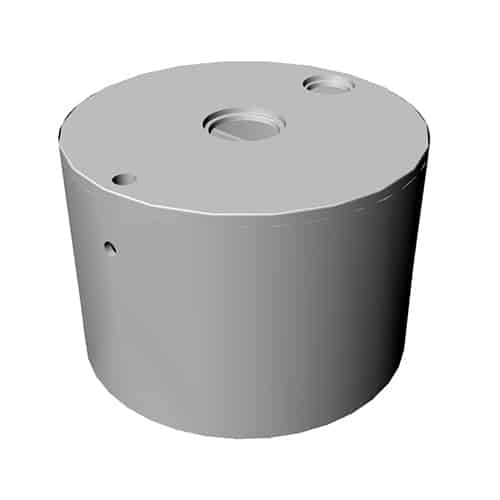
Collection wells are where the leftover fluid is stored after it passes through the septic which can later be disposed of.

Septic tanks are the initial steps in wastewater treatment systems and we offer a range of sizes to suit a variety of needs.

Collection wells are where the leftover fluid is stored after it passes through the septic which can later be disposed of.
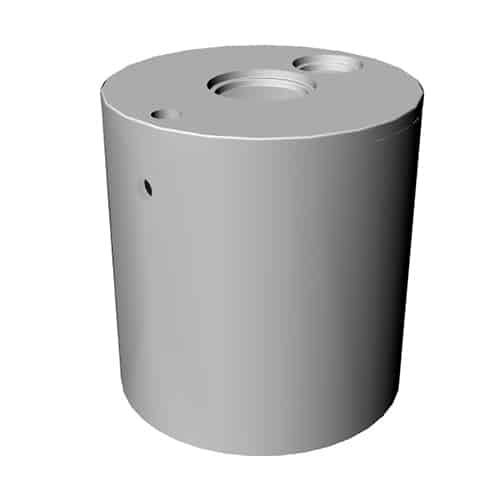
Collection wells are where the leftover fluid is stored after it passes through the septic which can later be disposed of.
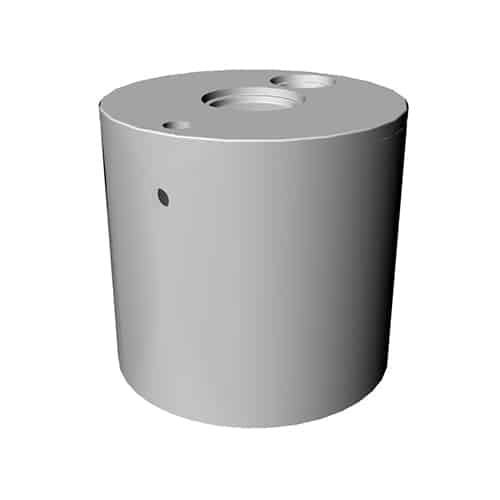
Septic tanks are the initial steps in wastewater treatment systems and we offer a range of sizes to suit a variety of needs.
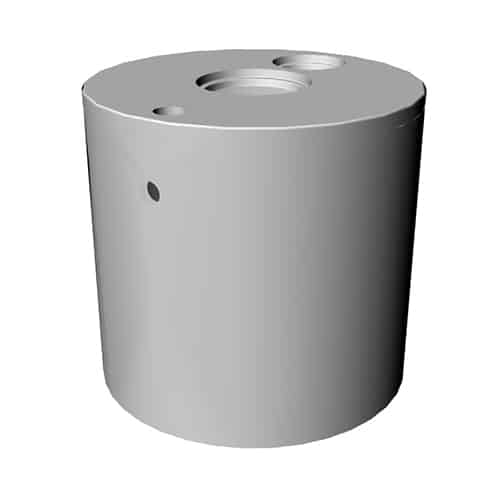
Collection wells are where the leftover fluid is stored after it passes through the septic which can later be disposed of.

Septic tanks are the initial steps in wastewater treatment systems and we offer a range of sizes to suit a variety of needs.
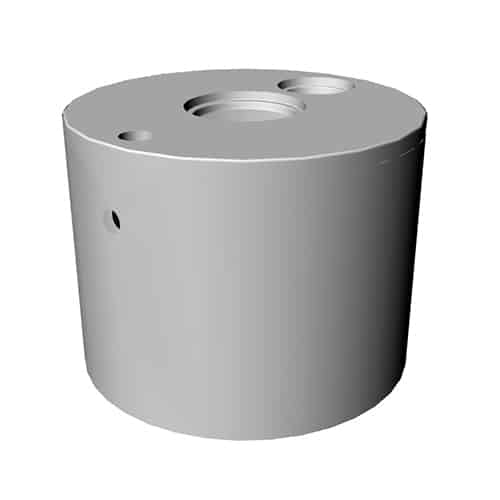
Collection wells are where the leftover fluid is stored after it passes through the septic which can later be disposed of.
Pre-cast septic tanks refer to those that are complete products prior to the installation of the septic tank. Some companies cast their septic tanks on-site, which takes a lot of time and effort, and can be a more costly way of going about septic tank installation.
Installing pre-cast septic tanks takes less time on the day, since there’s no waiting around for concrete to dry. It can also save you money, and as we create the tank for you ahead of time, you know that you’re getting a high-quality final product as we’ve had the time to look over every single aspect of the septic tank, making sure that it’s up to the standard that you deserve.
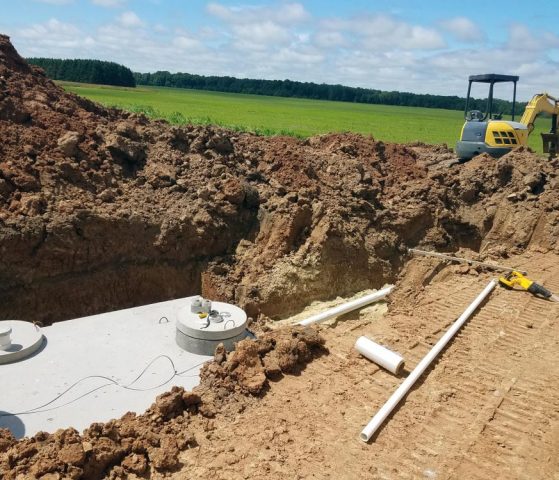
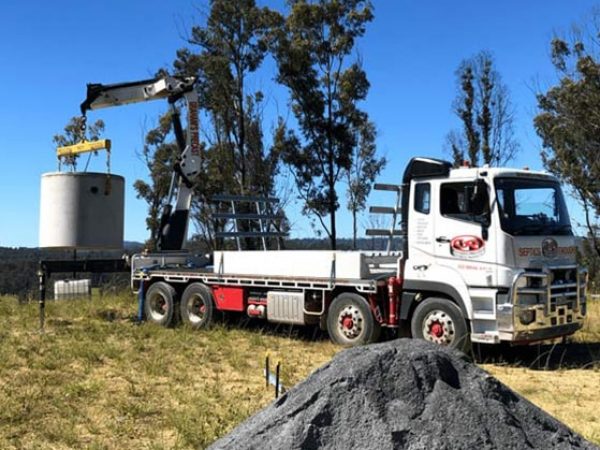
One of the issues some people have with their existing septic tank is a lack of reliability. Tanks made from materials such as plastic are thinner, less durable and even run the risk of floating. The thickness and strength of the walls in a concrete septic tank ensure that the tank is watertight, keeping all of the materials from the septic tank inside at all times. Concrete also has a lower rate of degradation. A septic tank that’s made to a high standard will work for years to come, easily handling a lifetime’s worth of sewage and wastewater.
At the start, concrete septic tanks tend to cost more than the equivalent septic tank made from plastic. There are a few reasons for this. The first of these is because concrete septic tanks are heavier and more cumbersome to transport. Installation is also a more difficult process, requiring heavy machinery when moving the tank into position.
However, these additional costs are offset over the lifetime of the tank. Thanks to the greater durability of a concrete tank, repair and maintenance costs are significantly lower than with alternative products. Whilst a concrete septic tank is a significant investment, it is one that will not only protect your home and the land around it from wastewater issues, but also your wallet, as you won’t have to spend lots of money on repairs or replacements down the line.
When you mention the size and scale of a concrete septic tank to someone, one of the worries they have is about noticing the tank day-to-day. For example, many are concerned about looking out of their windows and being able to see it. Thankfully, whether you’re more concerned about seeing, hearing or even smelling your septic tank, this won’t be an issue with Graham’s Precast Concrete Products.
We install our septic tanks underground, plumbing the tank into your home’s water systems including the kitchen, bathroom and any en suite toilets. Having your septic tank underground means you don’t have to look at it on a day-by-day basis. It will only require very occasional maintenance too, which will keep your system working as effectively as possible and keeping your property’s water systems running.
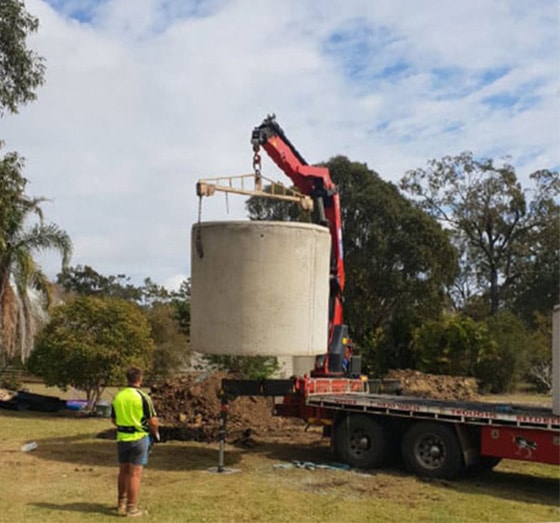
One of the worries people have with their septic tank is the repair process in the event of damage. After all, the smallest cracks can widen and lead to seepage, which goes on to cause serious harm to the environment around it. The first advantage of a concrete tank is that it holds up to pressure more competently. Thick concrete holds up buildings that are hundreds of metres tall, so using the same material on an underground septic tank is a simple method of improving durability over more crackable materials like plastic.
Properly maintaining your septic tank is an ideal method of removing the need for repairs. Removing all of the excess waste in a septic tank regularly means that you reduce the pressure on the tank, limiting the risk of causing cracks and stress fractures in the concrete. Following the maintenance schedule that Graham’s Precast Concrete Products recommends is the best way to ensure that your septic tank lasts as long as possible, while also limiting the impact on your wallet.
There are several benefits of using the experienced Graham’s Precast Concrete Products team. We have plenty of expertise in creating and installing concrete septic tanks, so you can rest assured that your septic tank services are in the right hands.
Furthermore, our selection of tank sizes ensures that you can install a reliable system that perfectly suits the needs of your property. For effective septic tank services that you can rely on, use a company with years of experience in the business. At Graham’s Precast Concrete Products, we’ll help to keep your home’s sewage and septic tank systems working at their best.
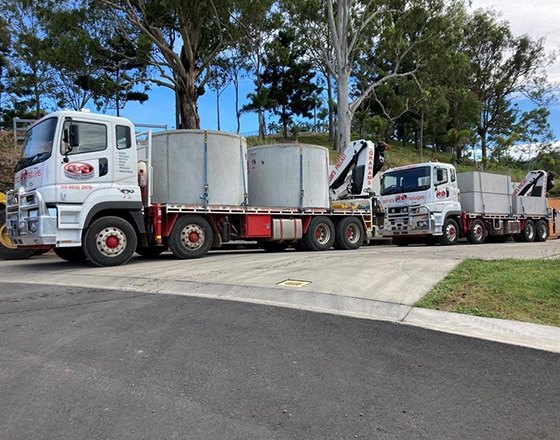
A septic tank, at its most basic level, is a concrete cube that holds wastewater from your plumbing system. Solid materials eventually float to the bottom to create sludge, while floatable matter like oils float to the top as scum. Wastewater is slowly released from the septic tank into a drain field where it is filtered through soil, sand, and other organic matter to naturally neutralise and purify it before it is released into the groundwater.
Choosing a quality, well-built septic tank is highly important. If your tank becomes damaged, it could lead to plumbing backups or even sewage leaking into your yard. You should also ensure that your tank is large enough to accommodate your home. The size you choose will largely depend on the number of bathrooms and how many people inhabit the home.
You should have your concrete septic tank de-sludged regularly to avoid clogging the soil surrounding the drainage system. Other maintenance efforts may include understanding what substances can’t be poured down your drains and making your property more water efficient.
There are several signs that indicate your concrete septic tank is failing, including:
If you believe your septic tank to be in failure, you must contact us as soon as possible.
Concrete septic tanks do naturally smell, yet less so than plastic septic tanks. However, the smell is often stronger where excess detergent or chemicals are being used in your home.
How long it will take until your septic tank needs de-sludging varies between households. By normal standards, we recommend getting your septic tank pumped out every 8 years for a two-person household, or every 4 years for a four-person household.
Concrete septic tanks have a long lifespan which means they’re more durable when compared to plastic septic tanks. They are also heavy which means that they will not float above water level. Concrete septic tanks are also rustproof.
Concrete septic tanks are relatively expensive when compared to other options. The installation process is more complex as large equipment is needed to transport it, which can incur further costs. The material is hard to repair when damaged, meaning that full replacement often needs to happen.

Monday
Tuesday
Wednesday
Thursday
Friday
Saturday
Sunday
7:00am – 4:00pm
7:00am – 4:00pm
7:00am – 4:00pm
7:00am – 4:00pm
7:00am – 4:00pm
Closed
Closed